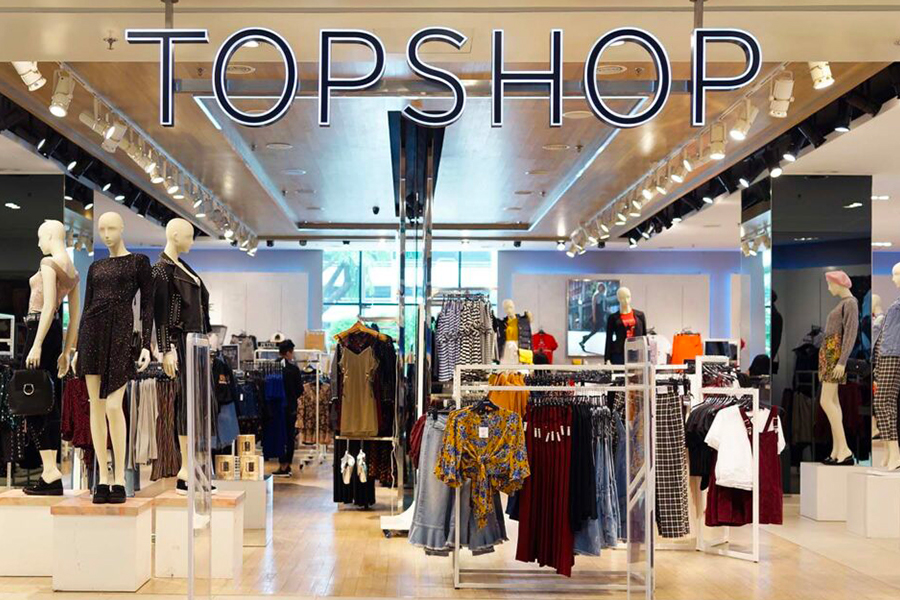Topshop buyout by Asos will change more than the way we shop
The purchase of Topshop by Asos will change how we shop, the clothes we wear – and even the way we spend our weekends.
The shift online of Topshop, Topman and Miss Selfridge – some of the British high street’s most iconic brands – represents a key change for a fashion industry that was conceived around clothes shopping as a leisure pursuit and a social activity. In their pomp, these shops were de facto public spaces in which teenagers and twentysomethings spent their Saturday afternoons. Their hectic changing rooms, in which new outfits were planned to a heady accompaniment of loud pop music and hormonal overexcitement, were a crucial warm-up to any Saturday night.
The Asos deal calls last orders on a whole culture of clothes shopping that included changing rooms and coffee shops, a Saturday ritual which ended each week with shopping bags carried home like trophies on the top deck of a bus. Increasingly, buying clothes is becoming an activity to be done on a laptop or a phone, and this deal hastens a generational shift which was already in motion. Note that the voices lamenting the demise of going-to-the-shops belong, almost entirely, to those aged over 30. The fashion brands with which Generation Z connect, such as Boohoo and Missguided, have built their communities online, without investment in physical stores. For many of Gen Z, “going to the shops” is, essentially, fashion for mums.
Bricks-and-mortar retail will become an elite and exclusive premier league of clothes shopping. The “big Topshop” model of retail was democratic by design. Oversized entrance doors and loud music blurred the boundary between the store and the outside world, so there was no psychological barrier to entry. While mass fashion retreats online, glossy physical boutiques are still powerful status symbols at designer level. In Paris, the luxury powerhouse LVMH has spent €750m (£663m) on a refurbishment of the historic store La Samaritaine, which will house an upmarket luxury store alongside a hotel and restaurants when it opens later this year.
By shifting vast numbers of our fashion decisions online, the Asos deal will also impact on the clothes we wear. Fashion will be more brightly coloured, stretchier and constructed in cheaper fabrics. Consumers who buy clothes online are more likely to buy bright colours, which grab attention onscreen, in contrast to shoppers browsing in stores, who will opt for classic black or neutral shades. Stretchy “bodycon” shapes are popular among online shoppers, as they make it easy for the buyer to visualise what they will look like when worn. Tailored clothes are less predictable on the body, relying more on fit. As a hit-or-miss purchase online, they are less popular on digital platforms. Quality fabric becomes less significant in driving purchases when it can’t be felt – although conversely, cashmere has become almost a brand name in its own right, considered a safe bet by online shoppers who care about tactility.
The deal has the potential to revive two brands which had lost much of their fashion authority. Both Topshop and Miss Selfridge have been in decline in recent years, because of Arcadia’s failure to reimagine and refocus them for the digital age. While a shocking 2,500 jobs are at risk as a result of store closures, Asos will retain some of the design and buying teams at Arcadia head office. The global reach of Asos, and its capacity to analyse and react to consumer demand, could go some way to rebooting Arcadia’s ailing brands.
Source: The Guardian




